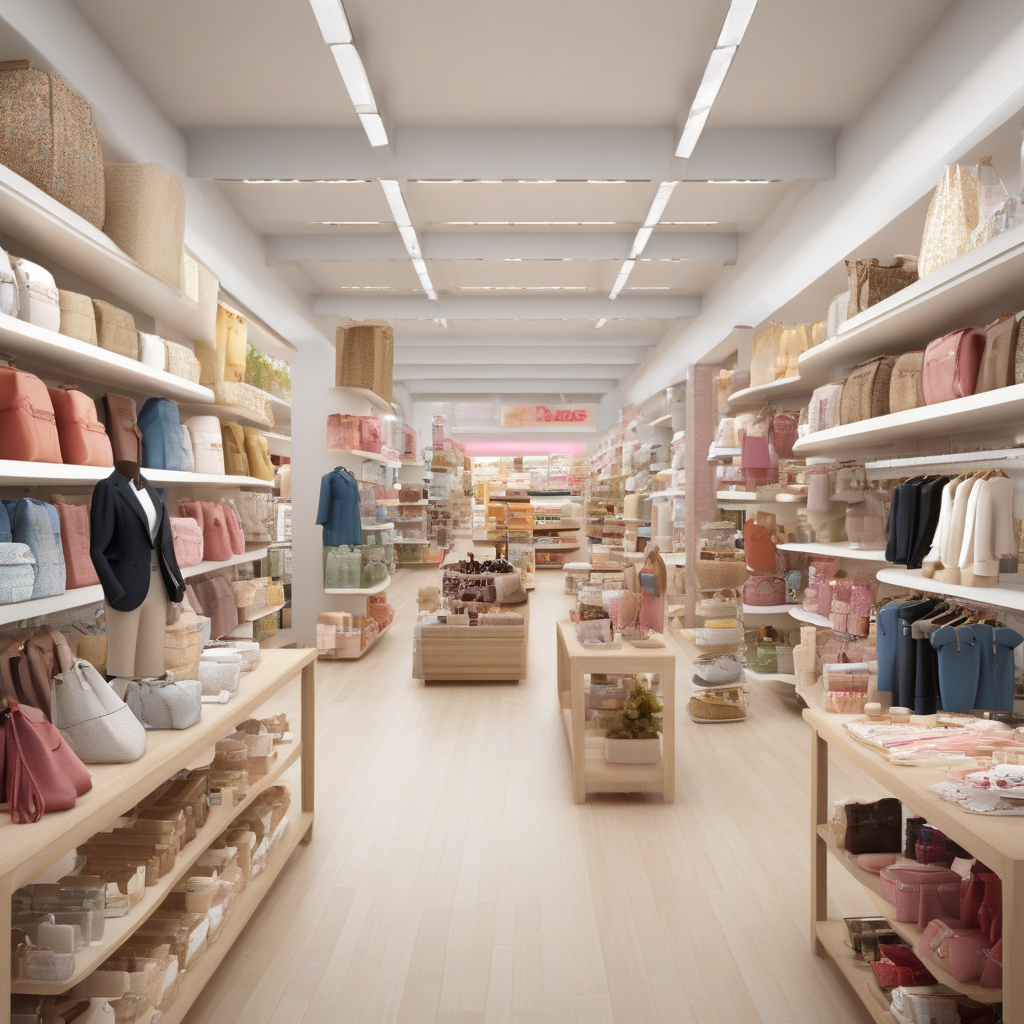Store Remains Top Growth Channel Yet Tech Not Supporting Experience Consumers Crave
In the dynamic landscape of retail, brick-and-mortar stores continue to hold their ground as the leading channel for growth. Despite the rapid rise of e-commerce and digital platforms, physical stores have not only survived but thrived, proving their importance in the consumer shopping journey. However, a significant gap exists between consumer expectations for in-store experiences and the technological support available to retailers. Understanding this dichotomy is crucial for businesses aiming to capitalize on the growth potential of physical locations.
According to recent studies, over 70% of consumers still prefer shopping in-store for certain products, primarily due to the tactile experience and immediate gratification that physical shopping provides. Shoppers value the ability to see, touch, and try products before making a purchase, which is a comfort that online shopping often lacks. Retailers who recognize and enhance this experience through their store environments can foster greater customer loyalty and drive sales.
Despite the inherent advantages of physical stores, many retailers are struggling to bridge the gap between high consumer expectations and the technology they deploy. The demand for personalized and immersive experiences is higher than ever. Consumers crave interactive displays, augmented reality features, and seamless integration of digital and physical shopping. However, many stores still rely on outdated technology that fails to meet these expectations.
For instance, consider the impact of mobile payment systems and customer relationship management tools. While these solutions have become standard in many retail environments, their implementation is often inconsistent. Consumers expect frictionless transactions and personalized offers based on their shopping habits, yet many retailers still do not harness the full potential of data analytics to enhance the shopping experience. Retailers must invest in technology that not only supports operational efficiency but also enriches the in-store experience.
One notable example is the cosmetics industry, where brands like Sephora have successfully integrated technology into their stores. By employing virtual try-on solutions and interactive kiosks, they have transformed the shopping experience, allowing customers to explore products in innovative ways. Such initiatives not only attract foot traffic but also create a memorable shopping experience that encourages repeat visits.
Furthermore, omnichannel strategies are essential for retailers to meet consumer expectations. The integration of online and offline experiences can significantly enhance customer satisfaction. For instance, click-and-collect services offer convenience by allowing customers to purchase online and pick up in-store, combining the benefits of both channels. Retailers like Target and Walmart have effectively utilized this model, demonstrating that when technology is used to complement physical storefronts, it can lead to increased sales and customer loyalty.
Despite these positive examples, many retailers still overlook the importance of training staff to utilize technology effectively. Employees are often the frontline representatives of a brand, and their ability to leverage technology can significantly impact customer satisfaction. Investing in staff training ensures that team members can assist customers with tech-enabled services, enhancing the overall shopping experience.
Moreover, the rise of social media and digital marketing has shifted consumer behavior, with many customers researching products online before visiting stores. Retailers must acknowledge this shift and adapt their strategies accordingly. Utilizing social media platforms to showcase in-store experiences or exclusive promotions can drive foot traffic and increase brand awareness. Engaging with customers through social channels also fosters a sense of community, further enhancing brand loyalty.
In addition, sustainability is becoming a critical factor in consumer decision-making. Many shoppers prefer brands that prioritize eco-friendly practices and transparency. Retailers who integrate sustainable practices into their operations and communicate these efforts to consumers can differentiate themselves in a crowded market. Technologies that facilitate sustainable practices, such as energy-efficient lighting and eco-friendly materials, can enhance the shopping experience while appealing to environmentally conscious consumers.
The challenge lies not in the concept of utilizing technology but in ensuring that it aligns with the consumer experience. Retailers need to prioritize technology investments that genuinely enhance the shopping journey rather than simply adopting the latest trends. By focusing on solutions that support personalized experiences, streamline processes, and foster customer engagement, retailers can create a compelling value proposition that meets the evolving needs of consumers.
In conclusion, while physical stores remain a vital growth channel, the technology supporting these environments often falls short of consumer expectations. Retailers must take a proactive approach to invest in technology that enhances the in-store experience, from personalized interactions to seamless omnichannel strategies. By doing so, they can ensure that their physical locations remain relevant and appealing in an increasingly digital world.
retail, technology, customer experience, omnichannel, sustainability
